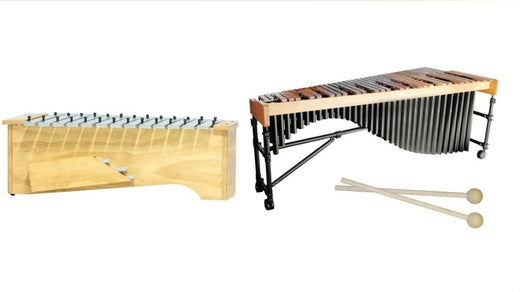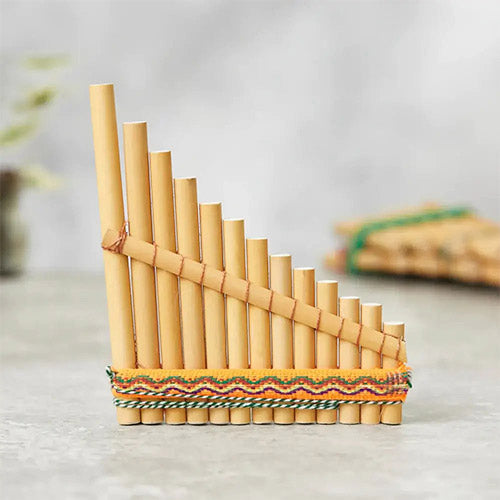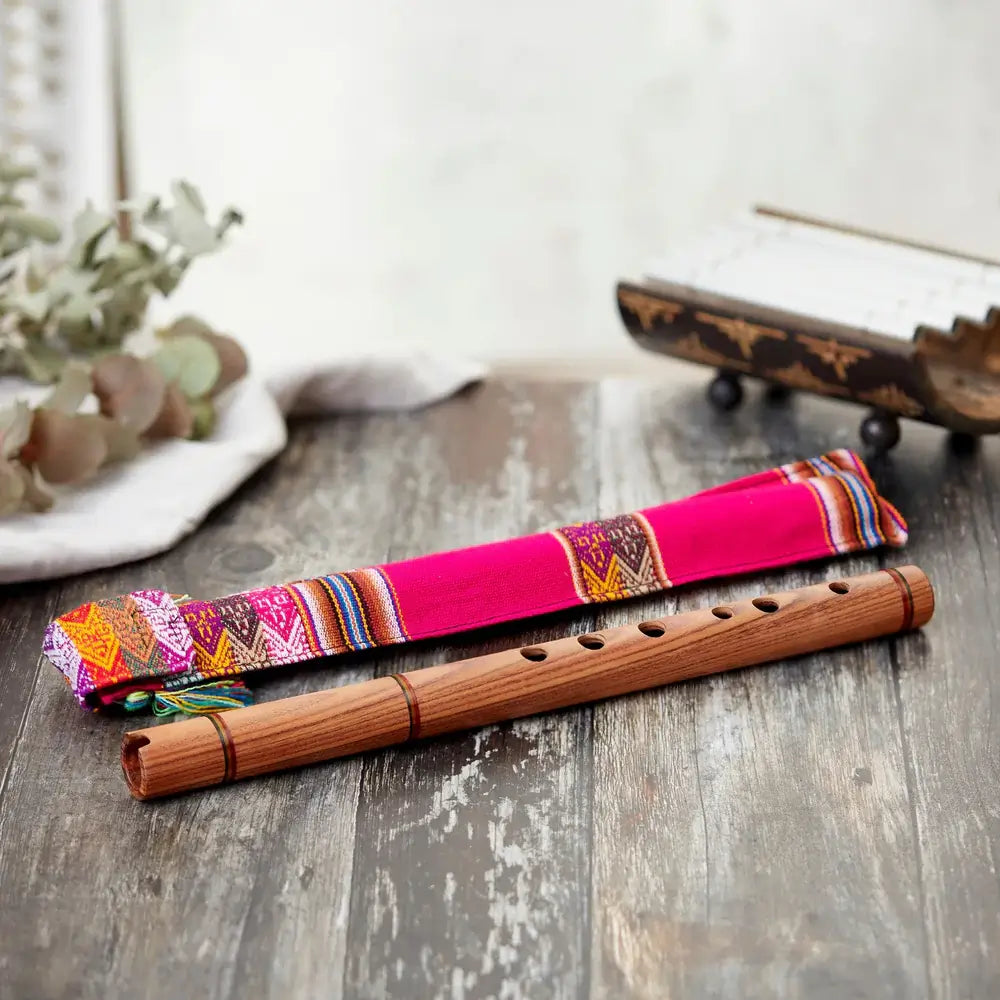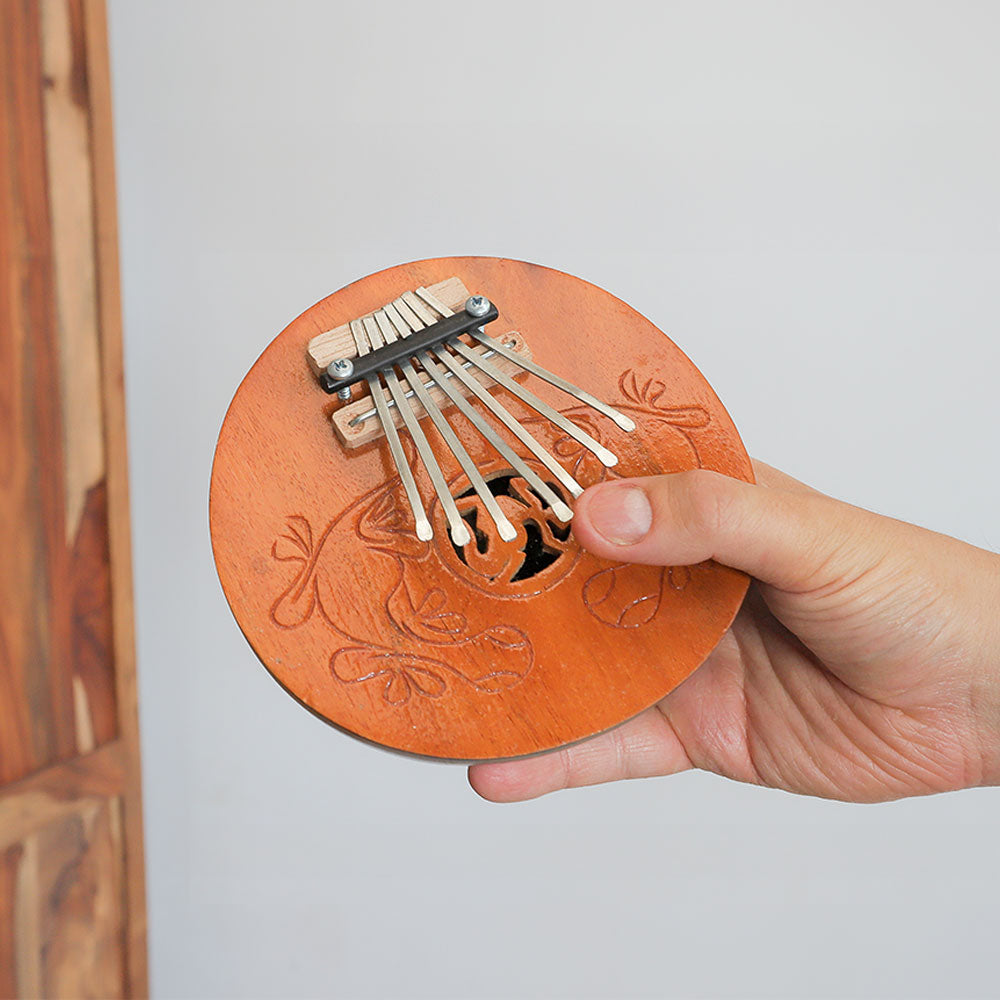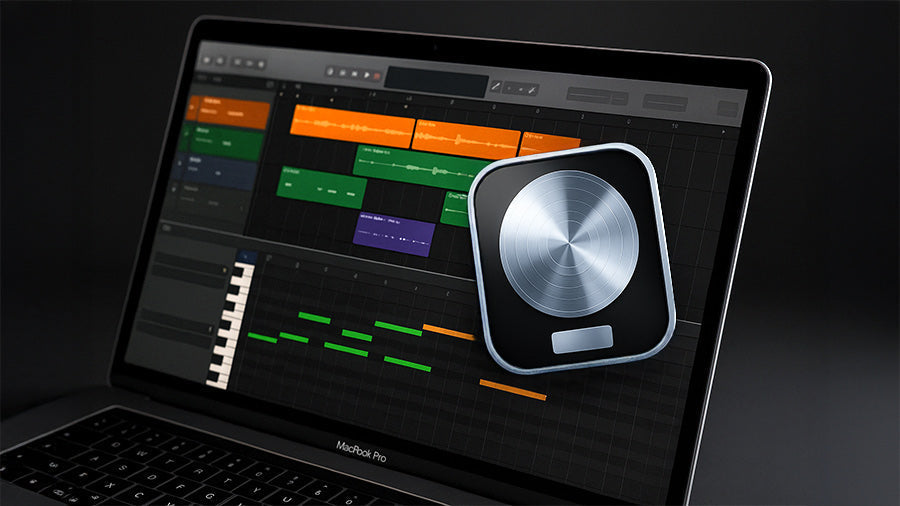How much do you know about xylophones and metallophones? This guide will explore specific details including materials used, how they are constructed, and how to purchase them. Known as part of the percussion instrument family, these instruments are cherished by many people.
Differences in Construction and Materials

The biggest difference between these two instruments is the material used to build them. Due to these instruments being made from different materials, each of them has a unique sound. A metallophone has metal bars or plates, and these are made from either bronze, aluminium, or steel. A xylophone has wooden bars instead, which are generally made from rosewood or maple, which are classed as hardwoods and are ideal for this type of instrument.
Each instrument has a different sound, with the xylophone being more mellow, whilst the metallophone has a happier sound. The different wood types produce their own unique tones, so you will need to figure out which type of sound you would need for the music you would like to create.
Sound Characteristics and Tonal Range
Playing Technique and Musical Styles

For music styles such as jazz or classical music, the metallophone is an ideal choice as it is played with more energy and force than is required for the xylophone. The xylophone needs to be played with a lighter touch that fits well with folk music and orchestras.
To appreciate the flexibility of the instruments, it is vital to have knowledge of the playing techniques.
To play, a mallet is used to strike the wooden bars and for the xylophone often a lighter mallet is used to create the necessary sound.
Popular Uses in Different Cultures and Genres
These instruments are used throughout the world and align with various cultural music styles. To fully embrace the instruments it's key to learn about their significance within different cultures. In countries such as Malaysia, Indonesia, and other Southeast Asian countries, the metallophone is widely-used. Whereas, the xylophone is used in places like Central America, Western Africa and within Western classic music.
Xylophones are used in various musical settings, from Central America's marimba to West Africa's balafon. In Western classical music, the xylophone has featured prominently in orchestral works, showcased in glissandos in Camille Saint-Saëns' "Danse Macabre" and virtuosic solos by composers like Béla Bartók and George Gershwin.
Accessibility and Affordability

Maintenance and Durability
Where to Buy a Xylophone

Unlock your musical potential with the Zibo Wooden Xylophone (8 Note)! Made from solid wood, this beautiful instrument has eight notes from C to C, letting you play various songs in C major. Its durable frame makes it great for beginners and anyone ready to start their musical journey. You can shop for a Zibo Wooden Xylophone here.
Where to Buy a Metallophone
This is a great option for professionals and also those who are starting to learn how to play. The metallophone is designed with metal keys that sit across a wooden frame. The wonderful Niwa Metallophone (8 Note) is an ideal choice. You can shop for a Niwa Metallophone here.
Frequently Asked Questions
Which instrument has a wider tonal range?
Metallophones generally have a wider pitch range, spanning several octaves, compared to the more limited tonal range of xylophones.
How do the playing techniques differ between the two instruments?
Metallophones often require a more forceful and percussive approach, while xylophones benefit from a more delicate and finessed touch.
Which instrument is more affordable and accessible?
Due to the relative ease of crafting wooden bars, xylophones are typically more accessible and affordable, especially for entry-level musicians and educational settings. This affordability and unique tonal range make xylophones popular for those starting their musical journey.
Which instrument is more durable?
Metallophones are generally more resilient to physical damage and environmental factors, while xylophones require more care and maintenance to ensure longevity.

